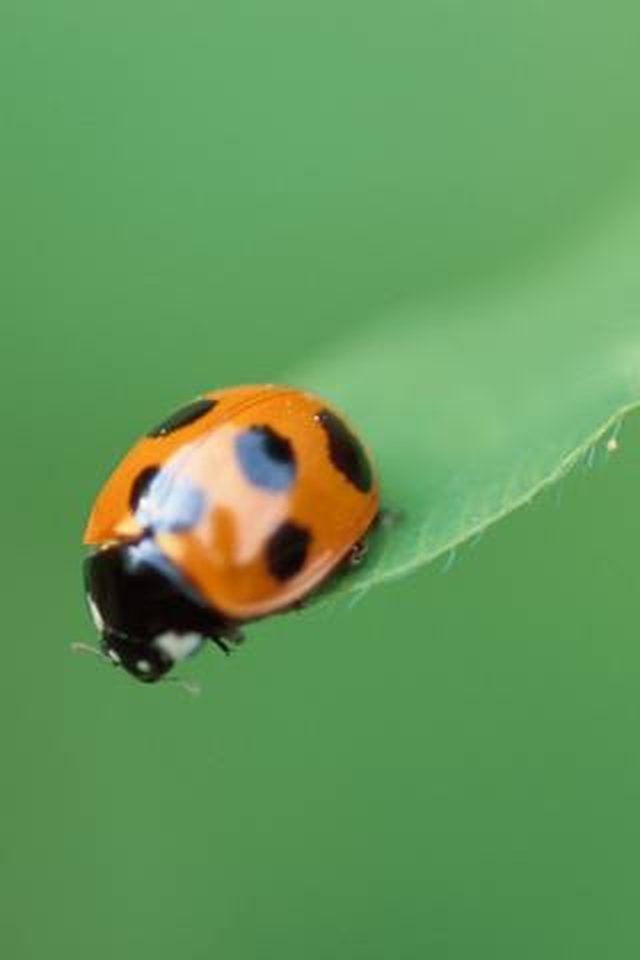Bulbs
Flower Basics
Flower Beds & Specialty Gardens
Flower Garden
Garden Furniture
Garden Gnomes
Garden Seeds
Garden Sheds
Garden Statues
Garden Tools & Supplies
Gardening Basics
Green & Organic
Groundcovers & Vines
Growing Annuals
Growing Basil
Growing Beans
Growing Berries
Growing Blueberries
Growing Cactus
Growing Corn
Growing Cotton
Growing Edibles
Growing Flowers
Growing Garlic
Growing Grapes
Growing Grass
Growing Herbs
Growing Jasmine
Growing Mint
Growing Mushrooms
Orchids
Growing Peanuts
Growing Perennials
Growing Plants
Growing Rosemary
Growing Roses
Growing Strawberries
Growing Sunflowers
Growing Thyme
Growing Tomatoes
Growing Tulips
Growing Vegetables
Herb Basics
Herb Garden
Indoor Growing
Landscaping Basics
Landscaping Patios
Landscaping Plants
Landscaping Shrubs
Landscaping Trees
Landscaping Walks & Pathways
Lawn Basics
Lawn Maintenance
Lawn Mowers
Lawn Ornaments
Lawn Planting
Lawn Tools
Outdoor Growing
Overall Landscape Planning
Pests, Weeds & Problems
Plant Basics
Rock Garden
Rose Garden
Shrubs
Soil
Specialty Gardens
Trees
Vegetable Garden
Yard Maintenance
How to Get Rid of Ladybirds
How to Get Rid of Ladybirds. Ladybirds are also referred as Asian beetles and ladybugs. The insects begin to hibernate in the late fall and early winter months. Some ladybirds will find their way into homes as they search for a warm, sheltered place to avoid the cold. Though the insect does not damage anything inside the house--the ladybird does...

Ladybirds are also referred as Asian beetles and ladybugs. The insects begin to hibernate in the late fall and early winter months. Some ladybirds will find their way into homes as they search for a warm, sheltered place to avoid the cold. Though the insect does not damage anything inside the house--the ladybird does not bite or gather in stored food--a sudden increase in the number of insects inside a home can be a nuisance.
Things You'll Need
Vacuum cleaner
Broom
Caulk
Caulk Gun
How to Get Rid of Ladybirds
Vacuum and sweep the ladybirds and place them outside. It is one simple method of removing the insect without using chemicals. The insects will not be moving around freely, as they will be in a state of hibernation. Make sure to empty the vacuum filter immediately, as the ladybird may be able to escape from the vacuum cleaner.
Caulk all areas around the home. Fill cracks near open doors and windows. Look for entrance places around a home's foundation.
Repair screens. Check all windows and sliding doors for holes or damage. Replace or fix these areas around the middle of September, well before the hibernation season.
Use chemicals sparingly. Remember the ladybirds must still be removed once killed---usually by vacuum and sweeping. Insecticides are recommended to be used around entrance areas on the outside of the home, before a ladybird enters the home. Chemicals can be dangerous to use inside, and the ladybirds will still have to be vacuumed and swept away.
Removing ladybirds from gardens can increase aphids. Many gardeners do not consider the ladybird a pest, and encourage the insect to live among flowers and vegetables to control pests.